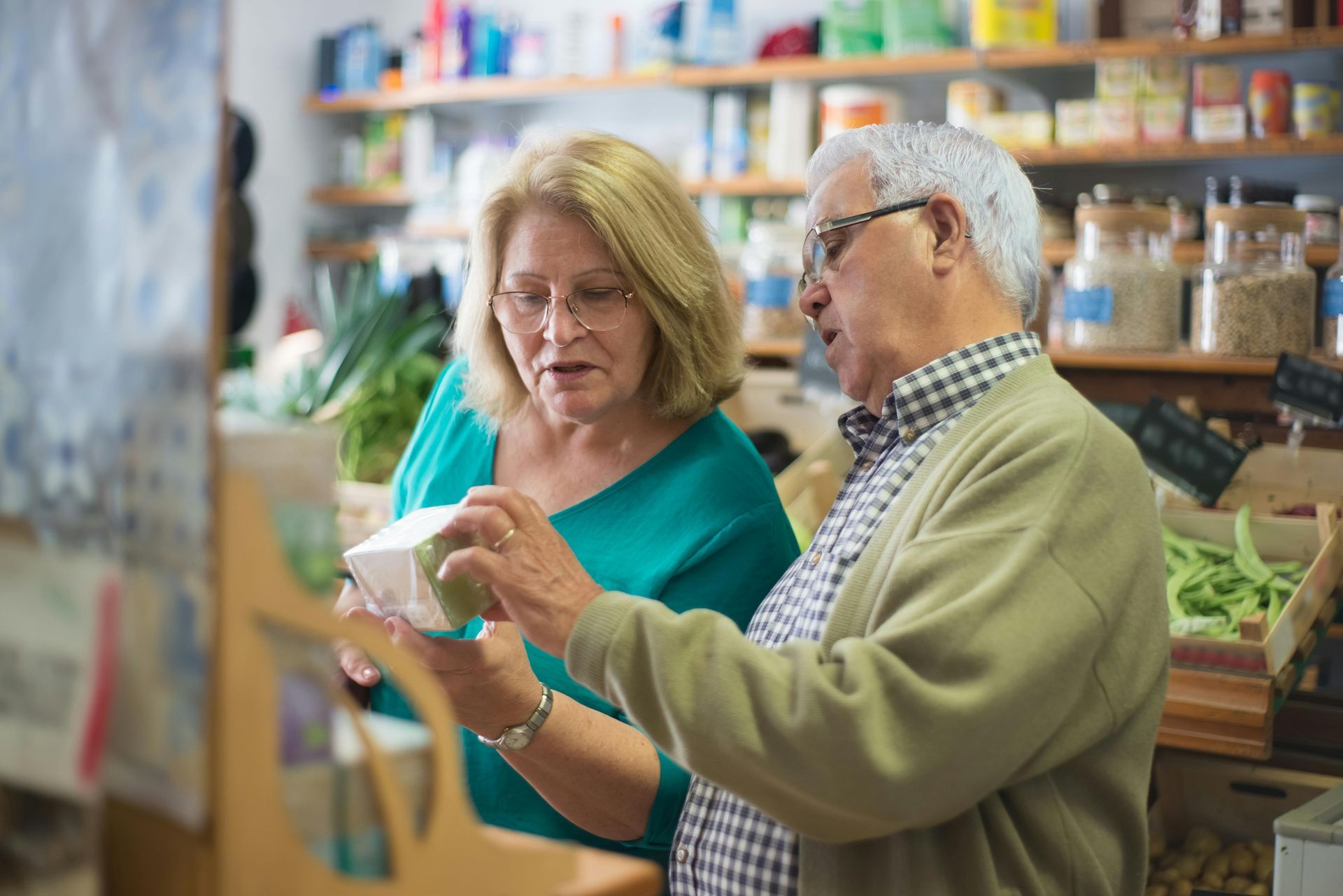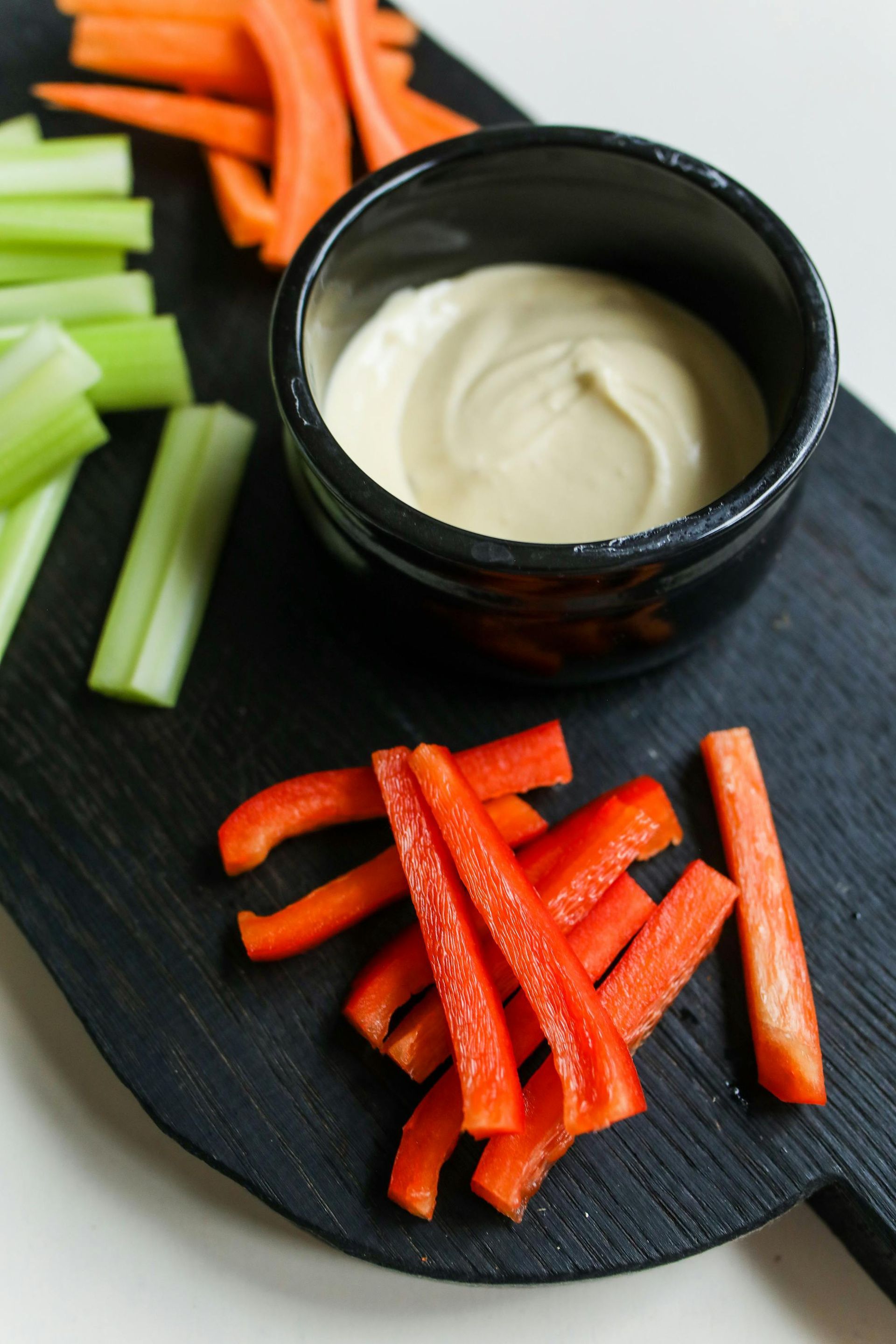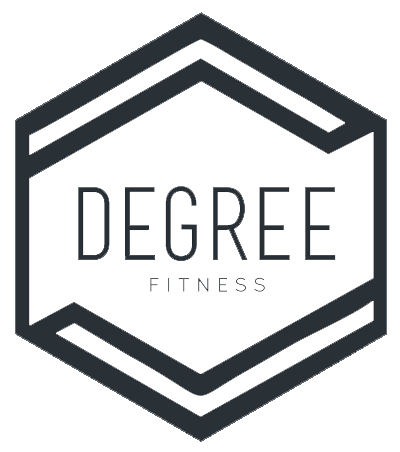Help! I need quick meals on-the-go!
By Mairead Rodgers, RD PHEc
Raise your hand if you’re a busy person. I can’t see the sea of hands but I’m sure they’re mostly in the air. Whether you’re busy with work, kids, sports, traveling, or just have lots of other commitments, sometimes nutrition gets pushed to the back burner in the interest of just grabbing something to eat before we’re on to the next thing. But I bet if we paid just a titch more attention to what we’re grabbing for a lunch or dinner in a hurry, odds are you’d feel better and more satisfied, and be better fueled as you’re running off to tackle the next thing.
Here’s my top tips for grabbing quick meals on-the-go:
- Veggies! If you’re grabbing pieces to put together a meal, pre-cut veggies with dip or a pre-made or bagged salad can be a super quick and easy way to go. If you’re leaning towards frozen or pre-made meals, pick something that has more than the smallest handful of peas in it. Try to find a meal that looks like it might have close to half a cup of vegetables if you can. Frozen veggies can also be cooked really quickly in the microwave and added to any kind of meal for a nutrition boost.
- Protein! Protein keeps us full, and gives our body what it needs to recover after a workout (if you’re coming directly from the gym). If we’re going the frozen meal route, try to choose a meal that has some kind of lean protein in it, whether that’s chicken or turkey, lean beef or pork, or beans or tofu. Canned tuna or rotisserie chicken can also be an efficient way to get some protein in a hurry.
- Check the sodium! While we do need some amount of salt in our diet to keep our bodies functioning, most of us eating like a normal person get more than we need. Getting in too much salt all the time can lead to high blood pressure. Check your labels on pre-packaged and frozen meals: if there’s more than 15% of your daily value of sodium, that’s a lot. Aim for something a bit lower, and compare labels to find your best option.
- Fibre! We’ve got to read the label again here. Men need 38 g of fibre each day and women need 25 g. When we’re looking for meal on-the-go, things like whole grains, beans, and fruits and veggies can up our fibre content. Check your labels to see if you’re getting close to what you need.
- Need dessert? Bananas, apples and can all be quick to grab and eat on the go. Pre-cut fruit can get you more variety, and lots of grocery stores (and even gas stations sometimes!) have yogurt handy.
- Water! If you need something to drink and quench your thirst, go for water or unsweetened soda water over sugary drinks to help keep you hydrated.
- Don’t overthink it! Not every meal we eat is going to be the most nutritionally well-rounded culinary masterpiece, and it doesn’t have to be. At the end of the day, remember that anything you can do to bump up your nutrition is worth the effort.
Need more ideas or solutions customized for your life? Give me a shout at maireadrodgers@degreecrossfitseaforth.com with questions, or click here to book your FREE Bite-Sized Nutrition Chat to talk goals and see if our nutrition programs would be a good fit for you!



